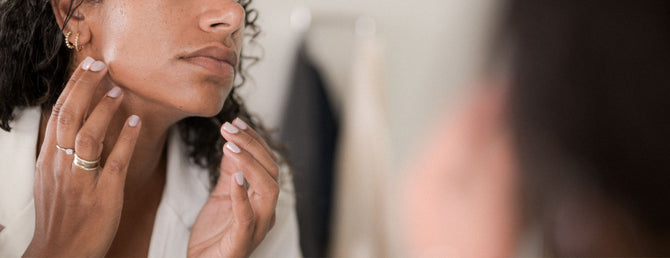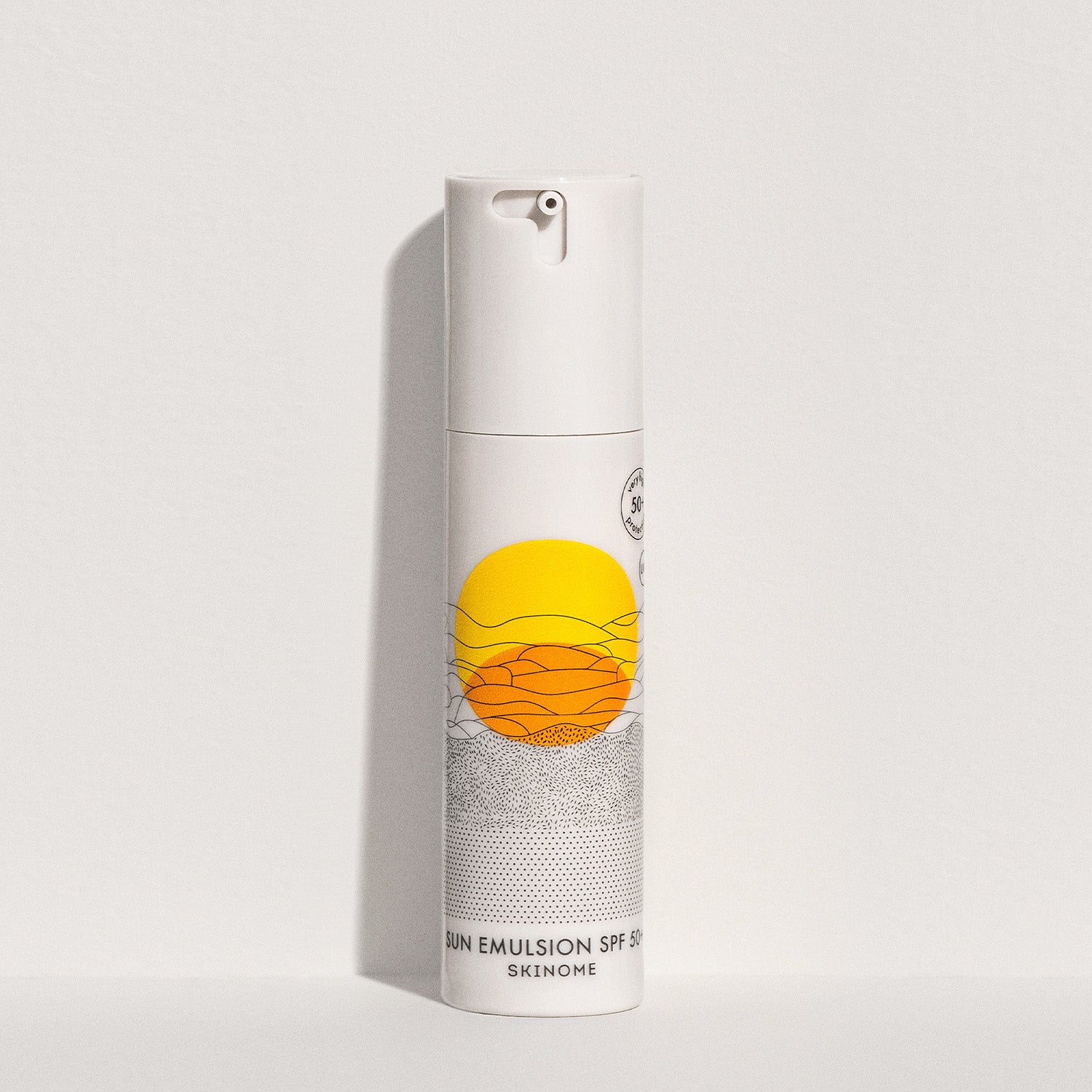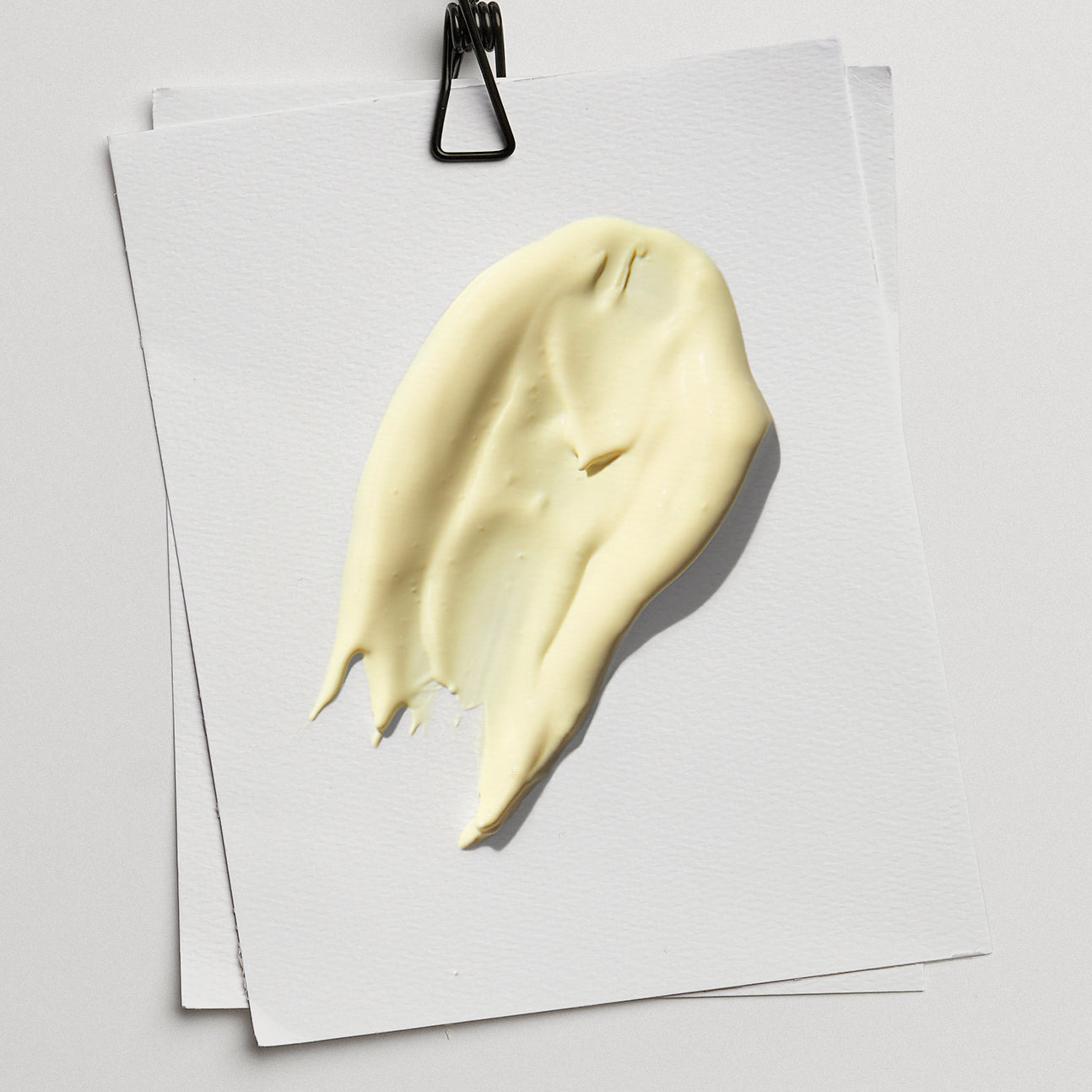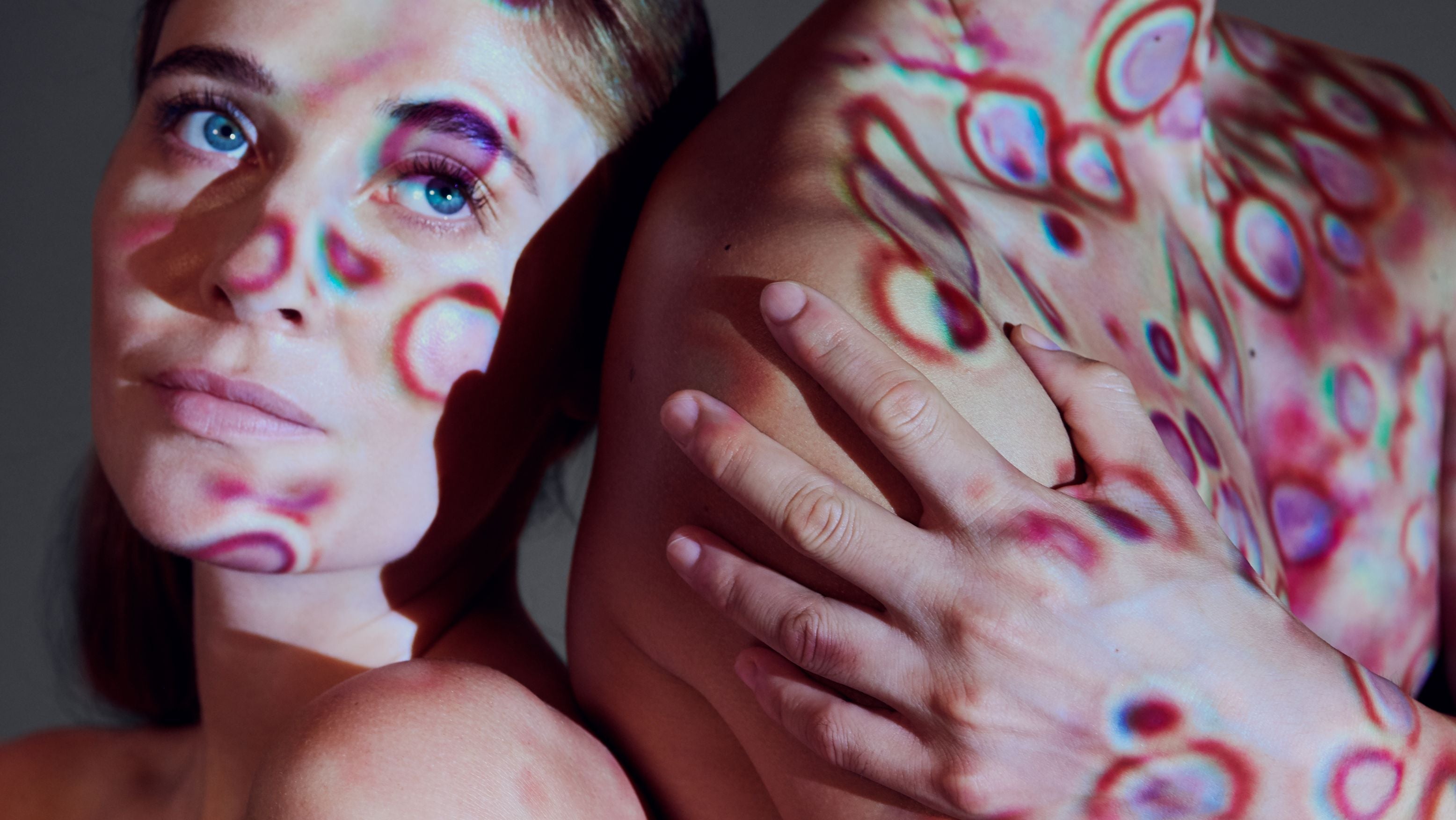
Pre-menopause, or perimenopause, involves a time of significant hormonal changes that affect the body in several ways – not least the skin. When estrogen levels begin to fluctuate, the skin can lose elasticity, become drier and more sensitive, which can lead to more visible wrinkles, acne and even rosacea. Understanding and adapting your skin care to these changes is essential to maintaining healthy and radiant skin during this transition period.
Premenopause, also known as perimenopause, can begin at any time from the age of 30, but most women begin to experience premenopause symptoms in their 40s. It is a transitional period that can last for several years before menstruation is affected or disappears and menopause sets in. During this period, estrogen levels begin to fluctuate greatly, which can lead to a range of physical and emotional changes that can feel both unfamiliar and overwhelming.
For many women, perimenopause can mean that they no longer really recognize themselves. You may experience severe mood swings, worsening PMS, and sudden feelings of irritability and anxiety, but also physical symptoms such as increased stiffness in joints and muscles and decreased skin elasticity. These symptoms can sometimes be interpreted as burnout, depression or stress-related problems, which is why many women seek help for these conditions. But in many cases, it is actually the body's natural reaction to the hormonal changes that occur during perimenopause.
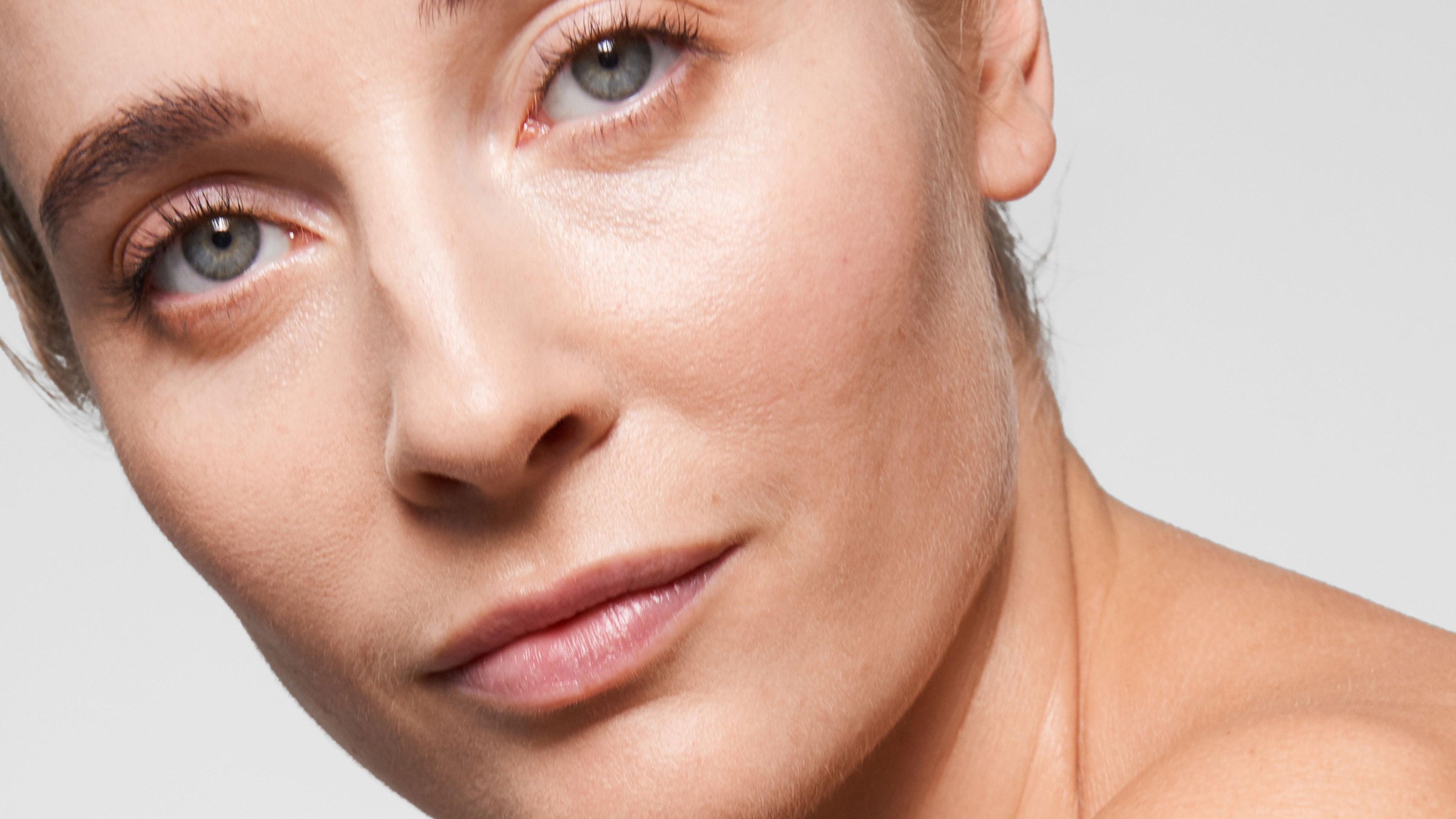
It's important to understand that these changes are completely natural, but they also require taking them seriously. Feeling "out of balance" is a common experience during perimenopause, and there is help available to help you manage these challenges.
There are specialized healthcare providers and clinics, such as Womni , that focus on helping women navigate this period with support and treatments that can alleviate symptoms. Seeking help when you are feeling unwell is not only important to improve your quality of life, but also to gain a better understanding of what is happening in your body during this time.
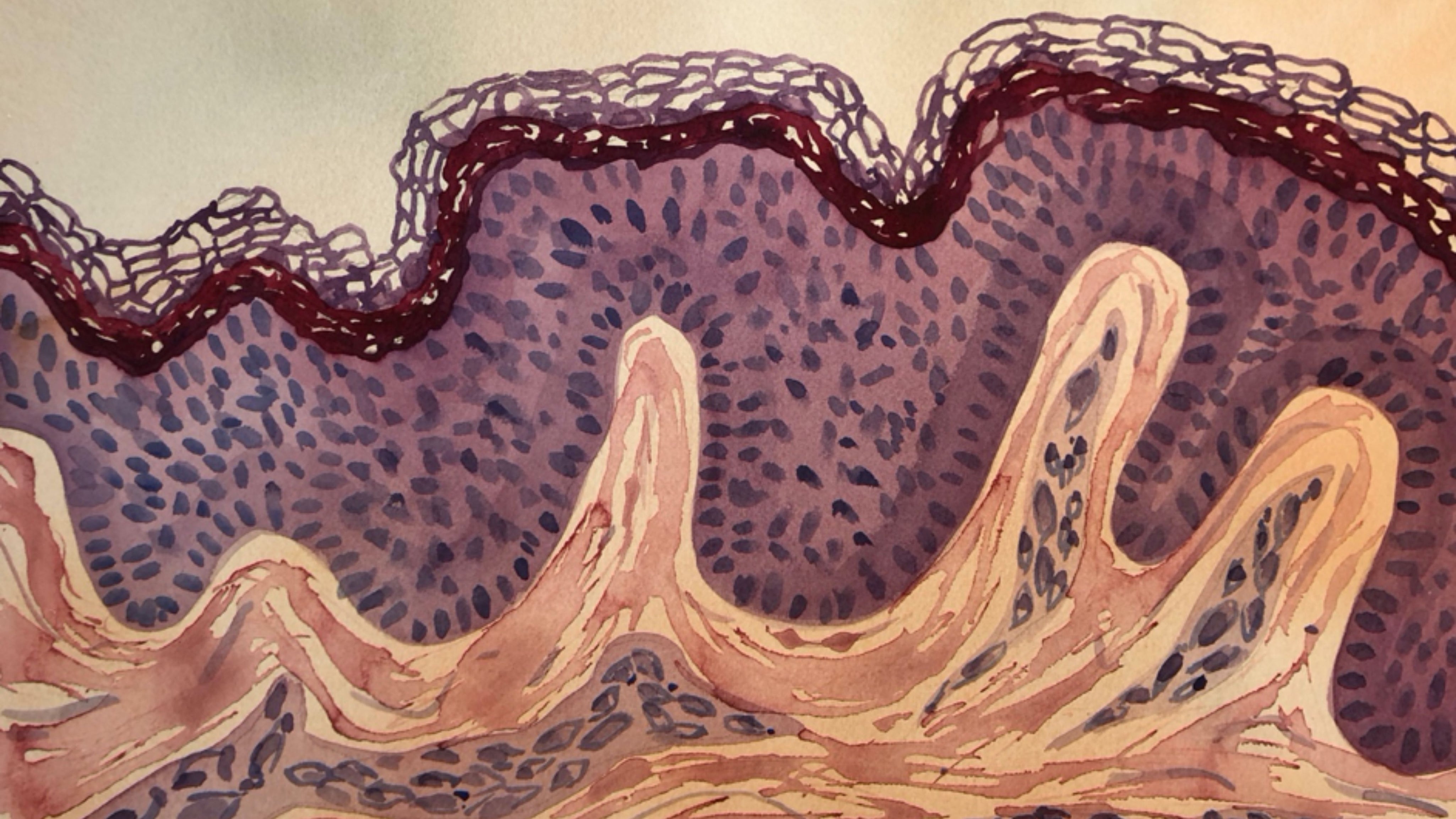
The skin is one of the organs most affected by the hormonal changes of perimenopause. As estrogen levels begin to drop, the production of collagen and elastin, two important components that keep the skin firm and youthful, also decreases. This can cause the skin to lose its elasticity, become thinner, and wrinkles become more prominent.
In addition, the skin often becomes drier as the natural production of the skin's oils decreases, making it more sensitive and susceptible to external stressors such as sun damage.
Another significant skin change during premenopause is the risk of developing or worsening rosacea, a chronic inflammatory skin disease that often affects middle-aged women, especially during premenopause.
Rosacea is characterized by redness, visible blood vessels, and sometimes acne-like rashes. The hormonal imbalances that occur during this time, especially the decrease in estrogen, can make the skin more reactive and prone to inflammation, which can trigger or worsen rosacea.
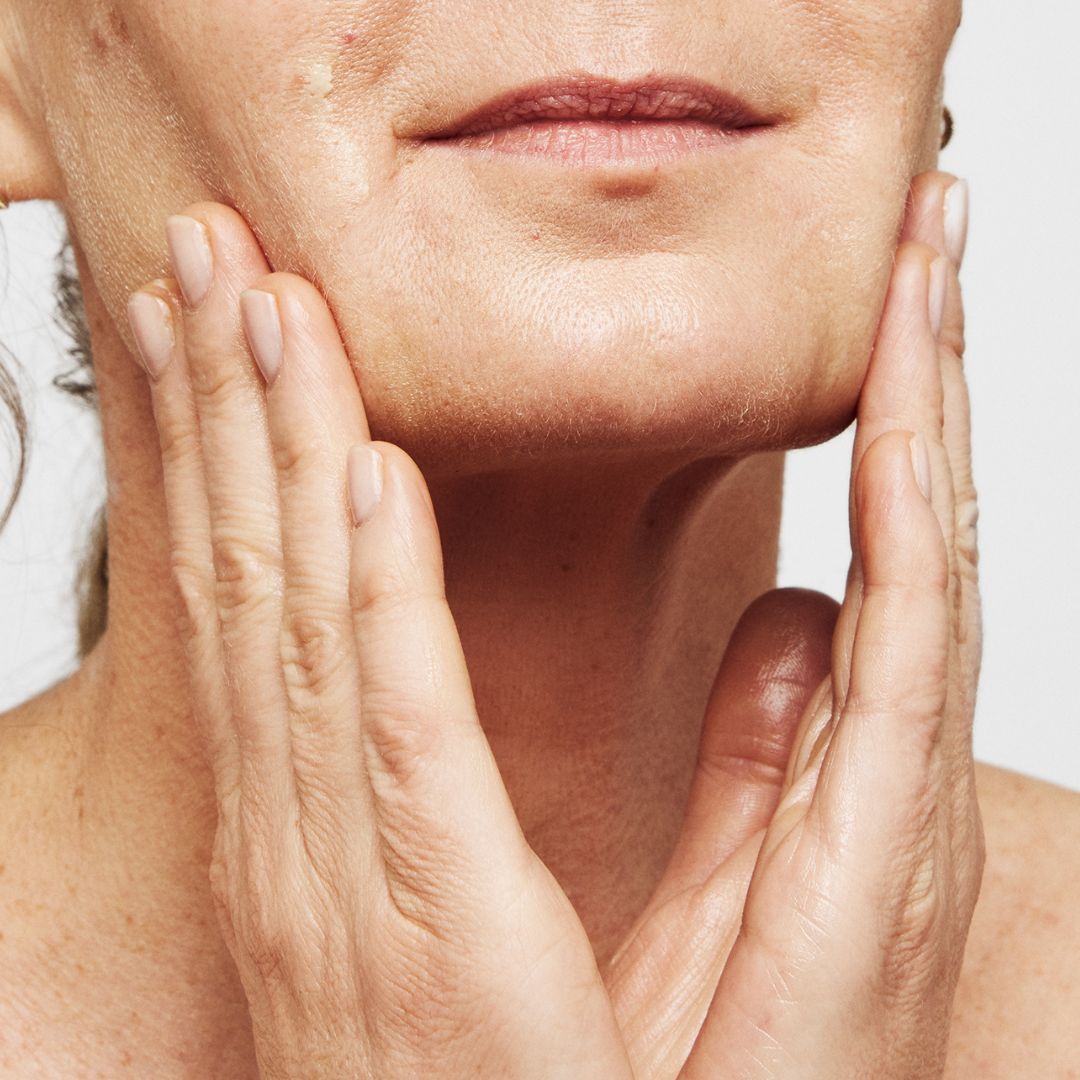
Retinal stands out for its speed, efficiency and unique properties:
As estrogen levels drop, skin becomes drier and more sensitive. This can lead to irritation, itching, and an increased tendency to eczema and other skin rashes.
Although acne is often associated with adolescence, many women can experience acne breakouts during perimenopause. This is due to hormonal imbalances, specifically a relative increase in androgens relative to estrogen.
Hormonal changes can lead to uneven skin tone and hyperpigmentation, such as melasma. These dark spots can be difficult to treat and often require special skin care.
The loss of collagen and elastin causes the skin to lose its firmness, leading to sagging skin and more pronounced wrinkles.
The risk of developing rosacea increases, and for women who already have rosacea, symptoms may worsen. The skin may become more red and sensitive to heat, cold and stress may increase. This means that the skin requires extra care and specialized treatment to manage inflammation and keep symptoms under control.
By being aware of these changes and taking the right measures, such as using moisturizing and protective skin care products, and seeking help from specialists if necessary, you can better manage the skin challenges that premenopause brings.
Adapting your skin care to the needs of premenopause is crucial for maintaining healthy skin.
1. Be extra kind to your skin.
Since the skin may become more sensitive, we recommend using skin care without perfume, preservatives or other additives.
2. Moisturize the skin with skin's own fats.
Since the lipid content of the skin becomes lower (the skin produces less fat) during pre-menopause and menopause, it may be worth using a richer skin cream than you are used to. Intense Emulsion contains the skin's own lipids/fats that normally decrease in the skin during this period of life.
3. Sun protection is important.
Protect your skin from sun damage with a high SPF sunscreen that protects against both UVA and UVB rays, as your skin can become more sensitive to UV radiation and more prone to age spots. Our Sun Emulsion range provides high protection and contains nourishing and emollient ingredients so you can replace your regular moisturizer with sunscreen when the UV index is above 2 and sunscreen is recommended. Read more about sun protection here.

4. Use a gentle cleanser and only wash in the evening.
Use mild, unscented cleansers that don't disrupt the skin's natural barrier and only wash in the evening with a cleansing cream. At night, the skin produces beneficial substances that contribute to better skin health if we don't wash them away. Skinome's gentle cleansers can be found here.
5. Add active ingredients that improve skin texture, increase skin firmness and reduce the appearance of age spots.
Probiotic Concentrate , which contains over 100 billion live probiotic lactic acid bacteria, has been clinically tested to have a smoothing effect on skin texture and reduce the appearance of fine lines and wrinkles in just 4 weeks (can be used morning and/or evening).
Retinal, N-acetylglucosamine, niacinamide and vitamin C also increase skin firmness while reducing the appearance of age spots. These ingredients can be found in our Retinal Concentrate , which is used in the evening and mixed with one of Skinome's face creams.
Retinal, N-acetylglucosamine, niacinamide and vitamin C also increase skin firmness while reducing the appearance of age spots. These ingredients can be found in our Retinal Concentrate , which is used in the evening and mixed with one of Skinome's face creams.
Santoro, N., & Epperson, CN (2013). Premenstrual syndrome and premenstrual dysphoric disorder in perimenopausal women. Menopause, 20(2), 185-193. https://doi.org/10.1097/gme.0b013e318268f856
Sherman, S., & Miller, H. (2014). Understanding the Perimenopause: The Natural Transition to Menopause. Obstetrics & Gynecology Clinics of North America, 41(3), 379-390. https://doi.org/10.1016/j.ogc 2014.05.001
Thornton, MJ (2013). Estrogens and aging skin. Dermatoendocrinology, 5(2), 264-270. https://doi.org/10.4161/derm.23872
Freeman, EW, Sammel, MD, Lin, H., & Gracia, CR (2004). The role of anxiety and hormonal changes in perimenopausal depression. Menopause, 11(3), 286-294. https://doi.org/10.1097/01.GME.0000094347.83368.E5
Im, EO, & Meleis, AI (2001). Women's experience of menopausal transition: An online forum study. Journal of Advanced Nursing, 36(4), 543-553. https://doi.org/10.1046/j.1365-2648.2001.02001.x
Obermeyer, C. M. (2000). Menopause across cultures: A review of the evidence. Menopause, 7(3), 184-192. https://doi.org/10.1097/000 2192-200007030-00005
Ghadially R, Brown BE, Sequeira-Martin SM, Feingold KR, Elias PM. The aged epidermal permeability barrier. Structural, functional, and lipid biochemical abnormalities in humans and a senescent murine model. J Clin Invest. 1995;95(5):2281-2290. doi: 10.1172/JCI117919.
Gilhar A, Ullmann Y, Karry R, Shalaginov R, Assy B, Serafimovich S, Kalish RS. Aging of human epidermis: reversal of aging changes correlates with reversal of keratinocyte phase expression and apoptosis. J Gerontol A Biol Sci Med Sci. 2004;59(5):411-415. doi: 10.1093/gerona/59.5.B411.
Rogers J, Harding C, Mayo A, Banks J, Rawlings A. Stratum corneum lipids: the effect of aging and the seasons. Arch Dermatol Res. 1996;288(12):765-770. doi: 10.1007/BF02505294.
Akimoto K, Yoshikawa N, Higaki Y, Kawashima M, Imokawa G. Quantitative analysis of stratum corneum lipids in xerosis and asteatotic eczema. J Dermatol. 1993;20(1):1-6. doi: 10.1111/j.1346 8138.1993.tb03820.x.

